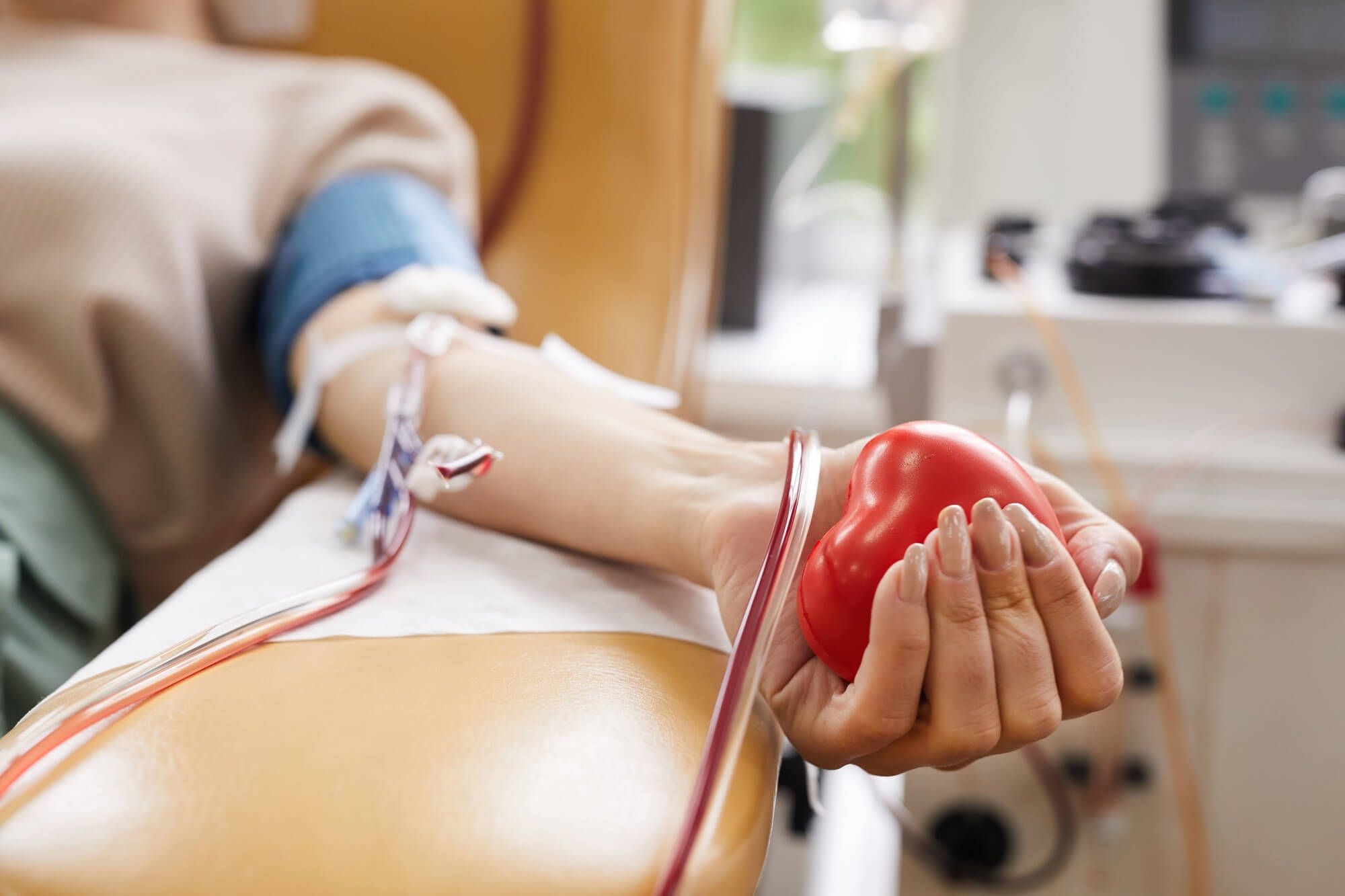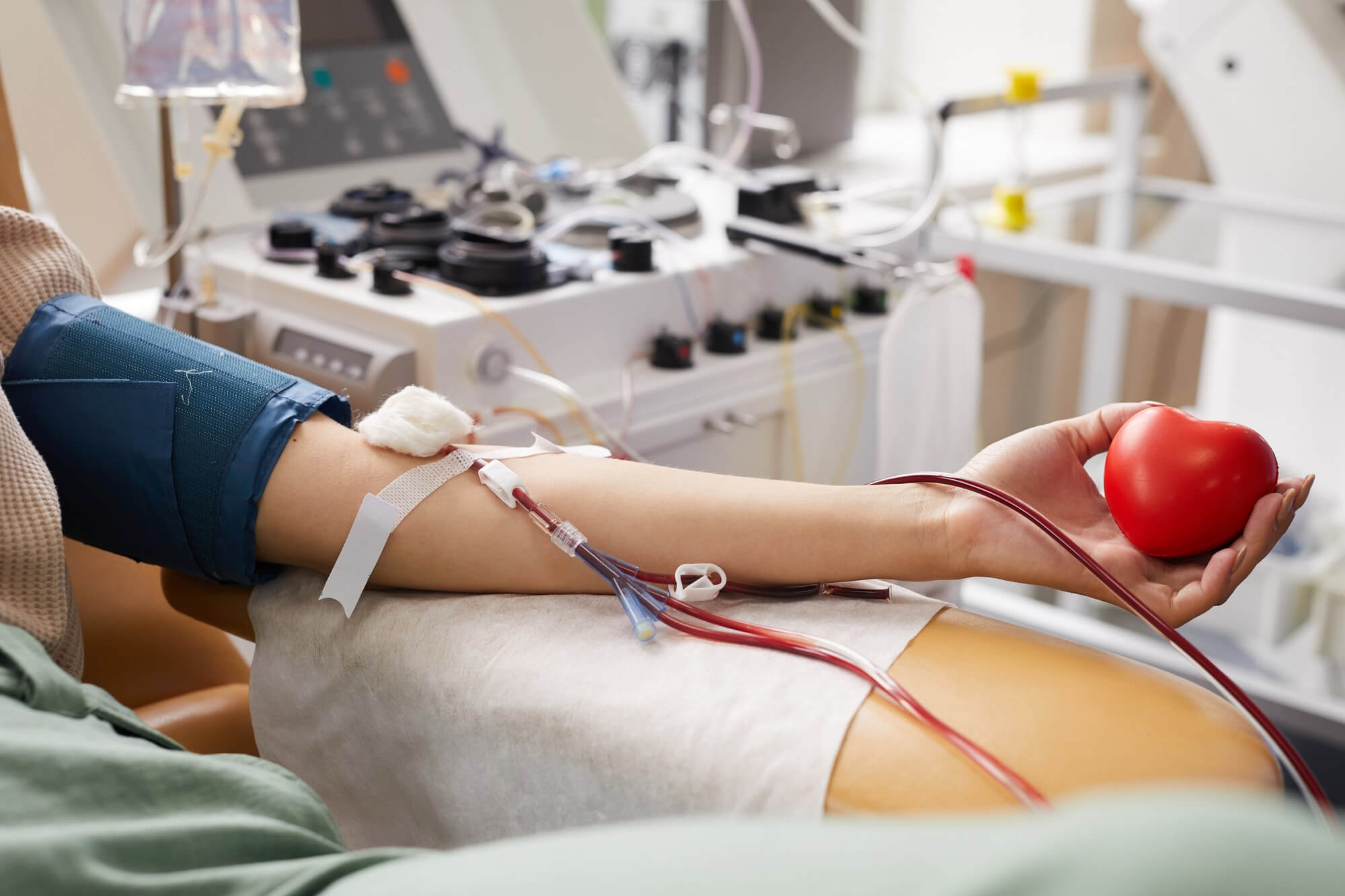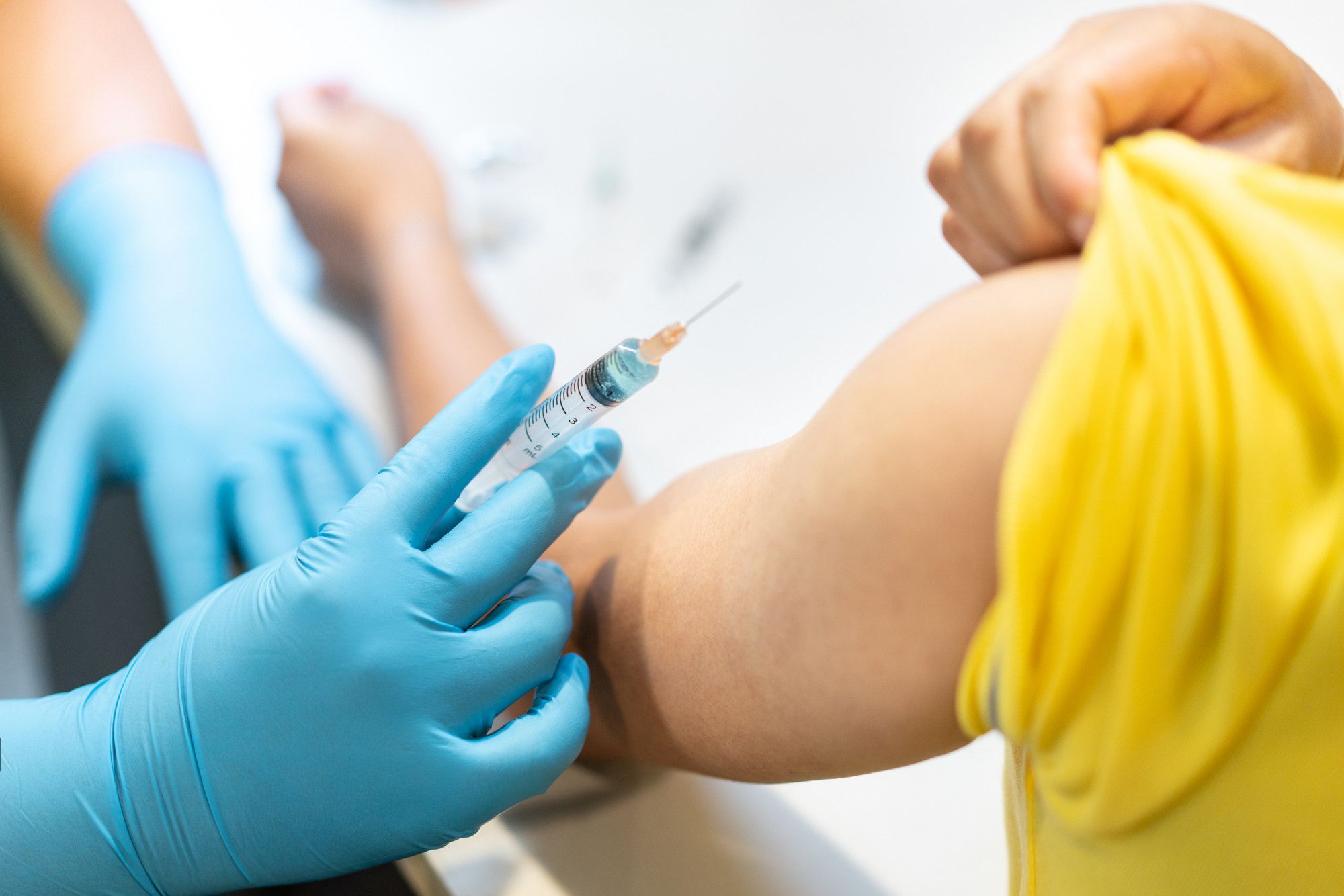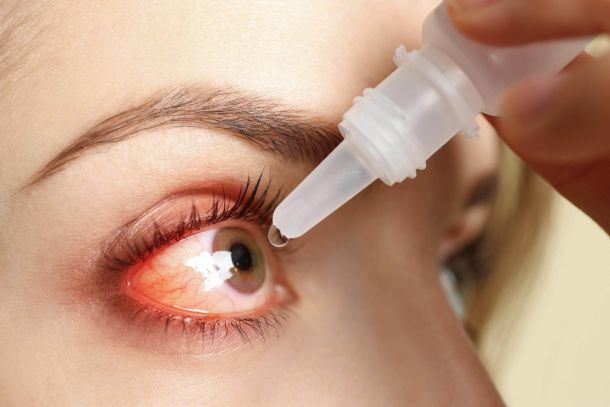Plasmapheresis for allergies: what is it?


Eva Zakharova
Plasmapheresis in allergies: the essence of the method
Plasmapheresis in allergies is a modern method of treatment, which can significantly improve the quality of life of patients suffering from allergic reactions. In our article we will look at what plasmapheresis is, how it works, indications and contraindications for the procedure, as well as the effectiveness of the method.
What is plasmapheresis?
Plasmapheresis is a medical procedure in which certain components are removed from the patient's blood, including allergens and harmful substances that contribute to allergic reactions. This method is often used as a complementary treatment for allergies and can be an alternative to traditional methods such as blood transfusions for allergies or the use of antihistamines.
How does plasmapheresis work to treat allergies?
During the plasmapheresis procedure, the blood of a patient with allergies passes through a special machine that separates the plasma from other blood components. Allergens are then removed from the plasma, as well as harmful substances and toxins that can cause an allergic reaction. The purified plasma is returned back into the patient's body, which helps reduce the level of allergens in the blood and reduce the severity of allergy symptoms such as itching, urticaria, edema, etc.
Indications and contraindications for plasmapheresis

Plasmapheresis is recommended for patients with allergies for whom standard treatments (antihistamines, hormonal ointments, etc.) do not produce the desired effect or cause adverse reactions. Especially indicated is plasmapheresis in patients with food, drug, plant pollen, house dust and mold allergies.
However, there are certain contraindications to plasmapheresis. These include:
- Severe heart or kidney dysfunction;
- Cancer;
- Hemorrhagic diathesis;
- Severe infectious diseases.
Therefore, before beginning allergy treatment with plasmapheresis it is necessary to consult with an allergist and conduct a detailed examination.
Effectiveness of plasmapheresis for allergies
The plasmapheresis procedure is considered an effective treatment for allergies because it aims to remove allergens and harmful substances from the blood, which reduces the severity of the allergic reaction. As a result, patients may notice an improvement in their condition, reducing itching, hives, swelling and other allergy symptoms.
When should I expect results after a plasmapheresis procedure?
Results of plasmapheresis for allergies may be noticeable after the first treatment, but in most cases, several sessions are required to achieve a sustained effect. Usually patients are prescribed from 3 to 5 sessions of plasmapheresis with an interval of several days between procedures. The exact number of sessions and duration of treatment is determined by the allergist based on the individual characteristics of the patient and the severity of the allergic reaction.
Plasmapheresis process: preparation and performance

Before plasmapheresis is performed, the patient should undergo an examination and receive recommendations from an allergologist. During the examination, blood tests may be ordered and allergy tests may be performed to determine the allergen and the extent of the allergic reaction.
The plasmapheresis procedure itself takes about 1-2 hours and is performed in specialized medical office. The patient is placed on the arm with a catheter, through which the blood will pass. The blood then passes through a plasmapheresis machine, which separates the plasma from other blood components and removes allergens and harmful substances from it. After purification, the plasma is returned back into the patient's body through a catheter. During the procedure, the patient is in a supine position and can feel comfortable.
After plasmapheresis is completed, the patient is advised to refrain from physical activity and follow a diet that will be prescribed by the allergologist. Antihistamines, hormonal ointments and other remedies may also be prescribed to eliminate the symptoms of allergies.
In conclusion, plasmapheresis for allergies is an effective treatment that eliminates allergens and harmful substances from the patient's blood, reducing the severity of the allergic reaction and improving quality of life. This procedure can be used as an additional treatment for allergies, especially when traditional methods, such as blood transfusions for allergies and antihistamines, do not have the expected effect or cause adverse reactions. However, before starting plasmapheresis treatment it is important to consult with an allergist and consider all indications and contraindications.
New materials
Popular Articles
We recommend reading
Contact us in the Contact Us section to ask questions, offer ideas, or for more information about our allergy resource.
Our articles are your trusted source of allergy knowledge. Learn how to make life with allergic reactions easier on our specialized portal.
©
Lechenie-Allergii.com. All rights reserved.
© Lechenie-Allergii.com. All rights reserved.
The information on this site is for informational purposes only and is not a substitute for professional medical advice. We recommend consulting with qualified medical professionals for accurate information and advice.
 English
English  Українська
Українська  Русский
Русский 









